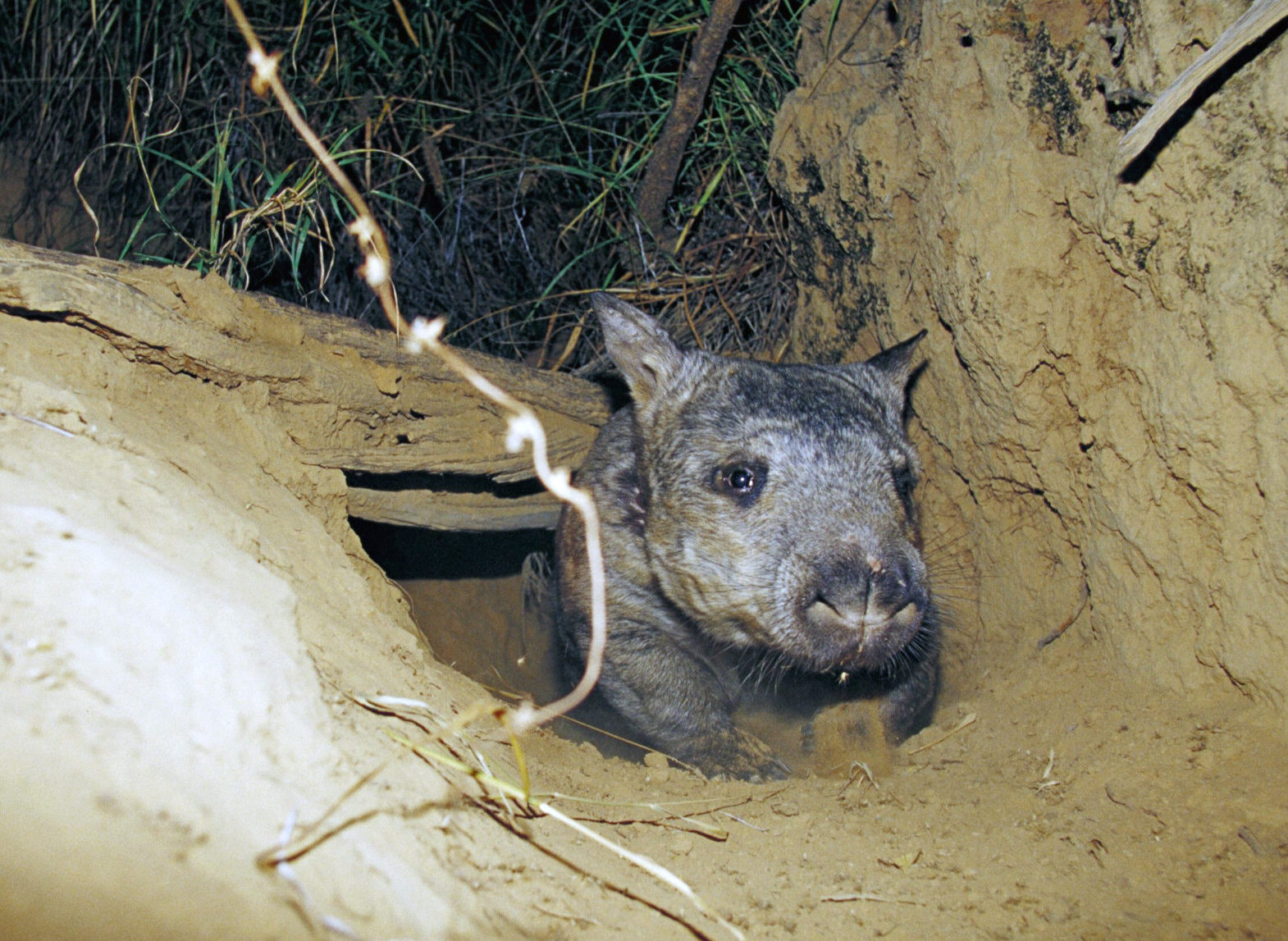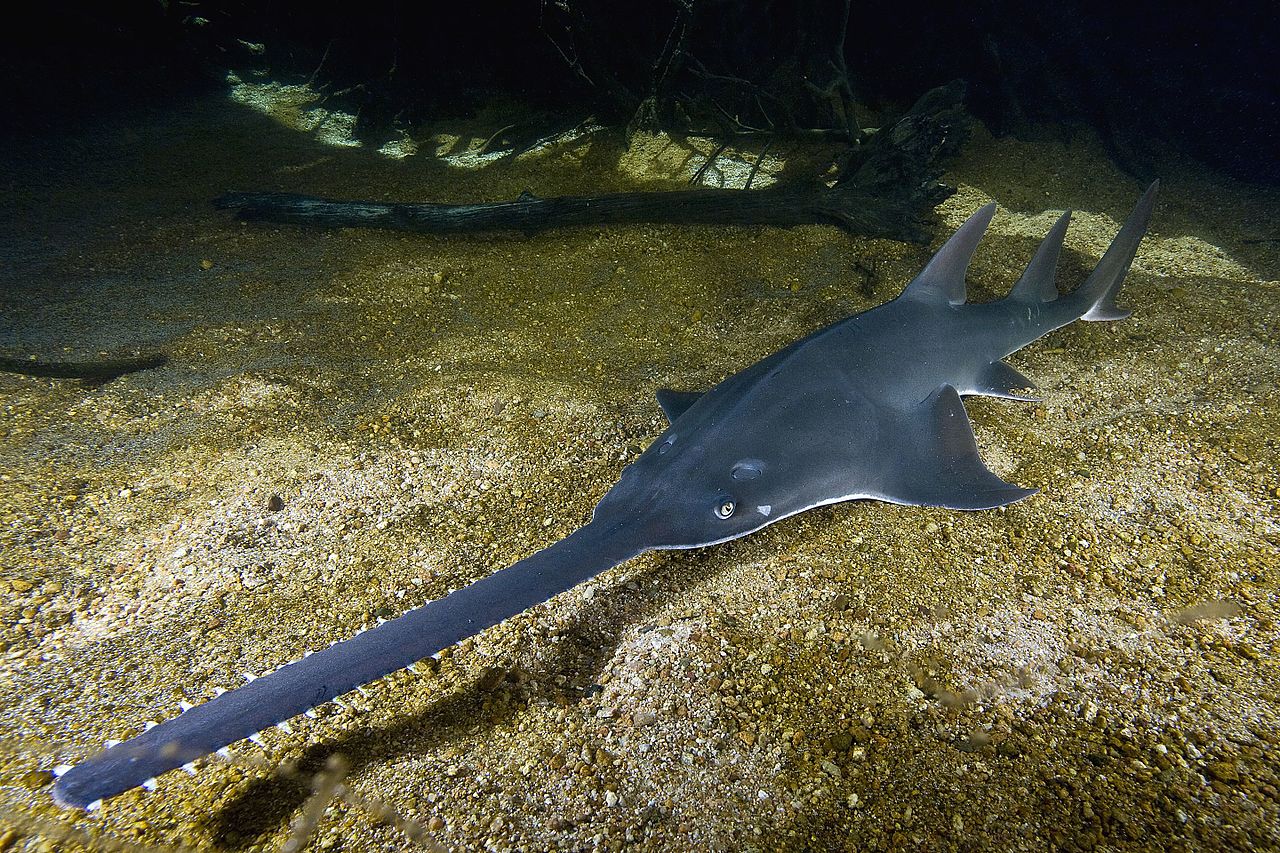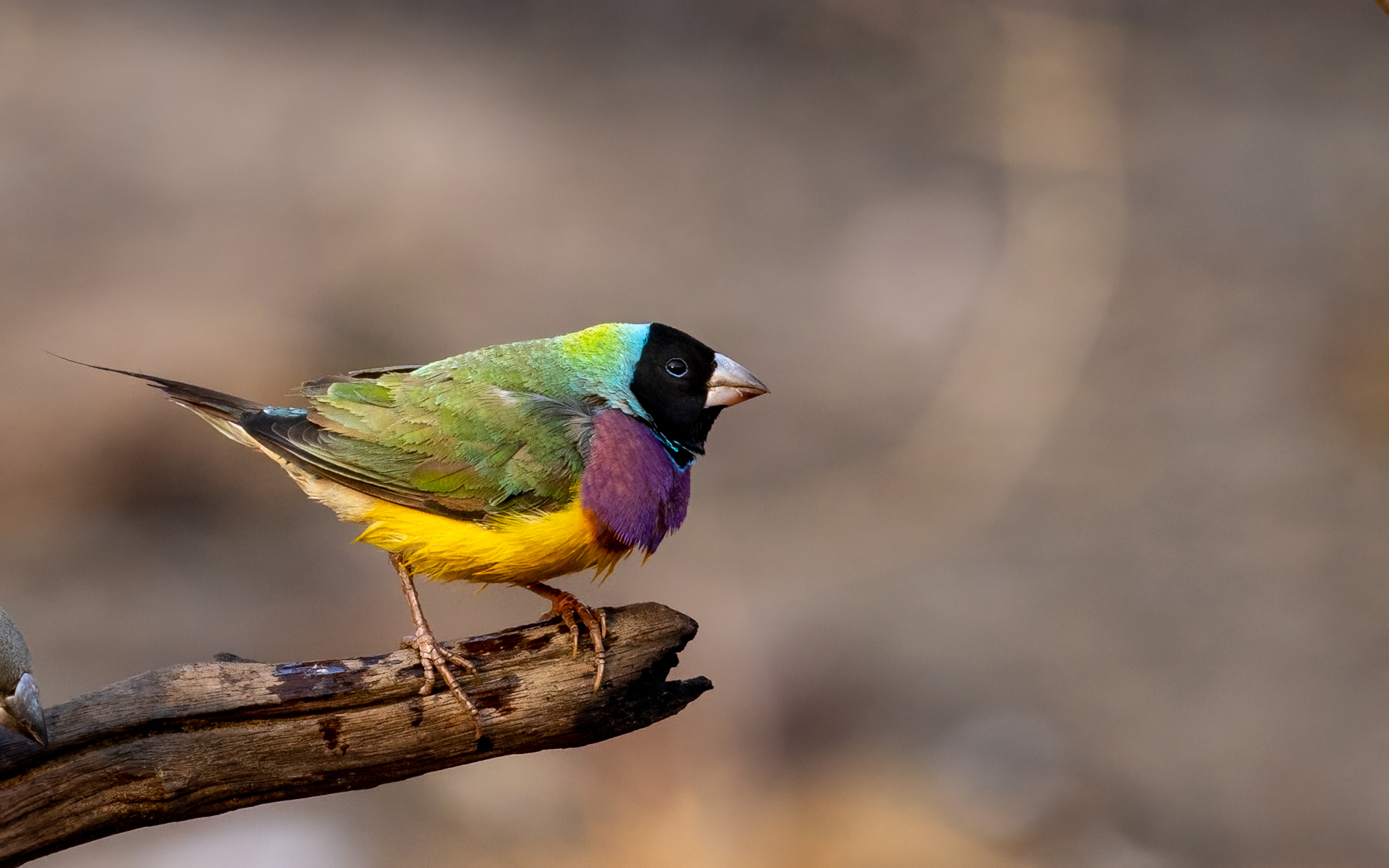| Common name | Red handfish |
| Scientific name | Thymichthys politus |
| Type | Fish |
| Size | 6cm to 13.5cm long |
Endemic to Tasmania’s eastern coast, the red handfish is so named because of its apparent use of its fins as hands, even using a type of walking motion on the seafloor.
It’s a benthic fish, preferring to hang around the sandy and rocky bottoms of the seafloor. They’ve been observed eating small crustaceans and worms.


There are two colour varieties of red handfish – one with red embellishments (left) and the other red all over. Image credits: Tyson Bessell; CSIRO
The red handfish was first discovered in the 1800s around Port Arthur. In the 1980s a small population was found on the Actaeon Islands, south of Hobart, and the biggest population to date was found on a reef off Primrose Sands around Hobart (10 individuals) in the 1990s. However, in a survey in 2005, no handfish were found in those areas.
They may be hanging on, because in 2010, three individuals were found in the Primrose Sands location. Though the species hasn’t had a full, systematic survey of its numbers, it seems that populations are few and far between, and there’s likely to be not more than 1000 individuals in the wild, and likely only hundreds.
The red handfish was known as the Brachionichthys politus, but in 2009, it was re-categorised as Thymichthys politus.
Threats to red handfish include poaching for use as pets. Its low reproductive rate and low dispersal rate make is a challenge for the species’ survival. Fragmentation of the populations is also a challenge for reproductive success.








